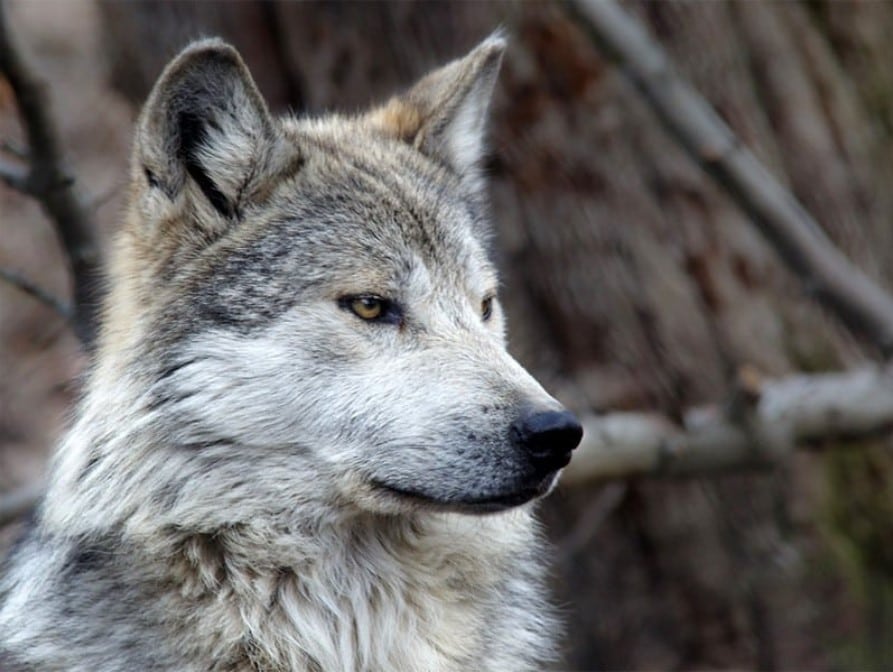Mexican wolves, an endangered subspecies of grey wolf, once ranged in the southwest United States from Arizona to west Texas and in northern Mexico. As these areas became more dedicated to the production of livestock; hunting, trapping and poisoning of Mexican wolves intensified to the point the wolves were considered an endangered species in 1976. In 1998 the first of captive bred wolves were released in an experimental area near the Arizona-New Mexico border. Since that and subsequent releases the wolf population has increased to a minimum of 186 individuals in at least 45 packs.
As the population of wolves increased, they have moved out from their initial release sites. In April of this year the county commission heard from a number of ranchers in the region who have experienced wolf depredations of their livestock. At that meeting, the commission discussed the current county ordinance (15-004) that addresses wolf-human interactions. The consensus among the commission and the county attorney, Dave Pato was that none of the public requests for changes to the ordinance could be legal to pursue.
At its May meeting the Sierra county commission addressed one issue ranchers who have experienced wolf depredations complained about. Ranchers have had difficulty getting timely and adequate compensation for their losses. Sierra county joined Catron and Socorro counties to organize a “County Livestock Loss Authority”, which would deal with this problem.
The first step in getting compensation for losses is to determine if depredations of livestock are the result of wolves rather than other predators such as bears, lions, coyotes or even dogs. John Grant, the New Mexico director of the USDA-APHIS wildlife services described that process to the commission at their June meeting.
Grant said that his department has a full-time person who investigates 120-130 cases of depredation every year. That person “lets the evidence say what happens”. Evidence that is collected at the scene includes any tracks and scat, signs of flight. Also, the investigator determines if any collared wolves have been in the area where the depredations occurred.
A necropsy is then performed to determine the cause of death and whether it was due to ‘natural’ causes or predation. Inspection wounds can help pinpoint the type of predator. For example coyotes tend to attack at the throat and muzzle in an attempt to suffocate the prey. Wolves, on the other hand, attack the back flanks to bring the prey down.
Examination of the dead animal continues with shaving the hair. With this, the spread between the canine teeth on bites can eliminate some species as coyotes which are smaller than bears or mountain lions. Also, an internal necropsy can determine the depth of penetration of teeth to further identify the cause of death.
Once the cause of death is determined, Grant’s department issues a depredation report that is sent to state and regional offices for review. So far this year 6 depredations have been investigated in Sierra County. All of those were wolf-related and resulted in 5 deaths and 1 injury.
If approved, the report is then sent to the owner of the lost livestock who is responsible to submit for compensation. Grant said that there are currently two compensation programs. One is run by the USDA-APHIS and the other by a local Mexican wolf livestock counsel (formerly called the Coexist Council).
Commissioner Paxon said that the county is currently in litigation against the Fish and Wildlife Services for not complying with their own standards and not dealing with ‘problem wolves’. He also complained about the difficulty in getting non-redacted depredation reports. Grant explained that the redactions are a privacy issue to protect the livestock owner.
Attorney Pato also asked if there has been any change in the way investigations had been conducted. Grant responded that investigations had remained consistent with no changes in how evidence is collected and investigated. If anything, he said, they “collect more evidence…than they do for the timber wolf up north”

